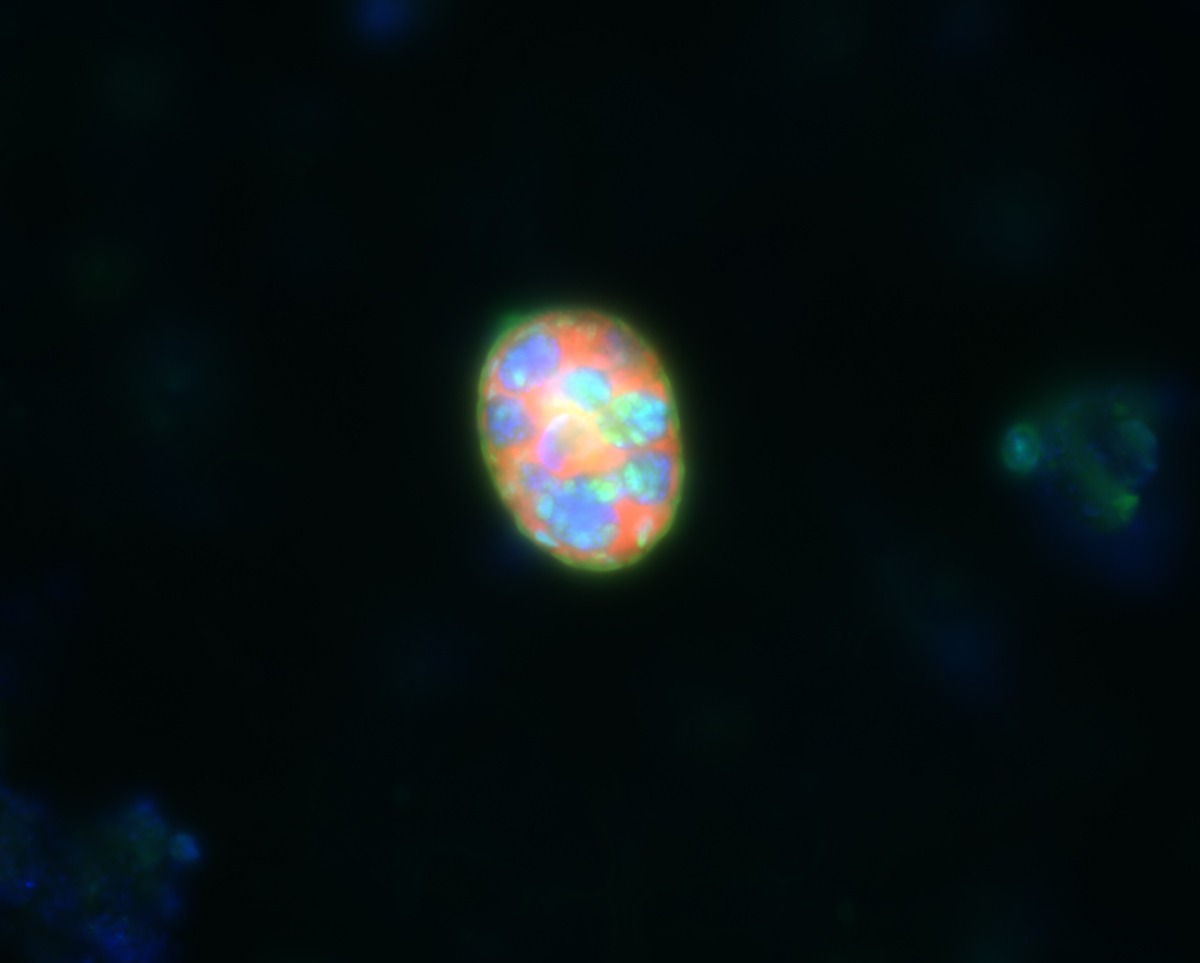- Departments
- Department of Biogeochemistry
- Greenhouse Gases Research Group
- People
- Linus Matz Zeller
Linus Matz Zeller
PhD Student
MPI for Marine Microbiology
Celsiusstr. 1
D-28359 Bremen
Germany
|
Room: |
3200 |
|
Phone: |

Nitrogen is vital for all life on earth. Thus, processes acting on nitrogen, which make up the nitrogen cycle, are very important for the overall function of ecosystems. In times of global change and human activities heavily affecting the nitrogen cycle, understanding these processes becomes more and more important. Microorganism are the main players in the nitrogen cycle with prokaryotes being responsible for most of the processes. Unicellular eukaryotes, even though ubiquitously distributed and important for the function of ecosystems are believed to be only important for a few reactions within the nitrogen cycle. However, processes in nature are never isolated events, but they happen in a certain context. Unicellular eukaryotes are the main predators of prokaryotes but they also regularly undergo manifold symbiotic interactions with them. These interactions can be everything from pathogenic to mutualistic with all the shades of grey between them.
In my PhD project I study the interactions of certain unicellular eukaryotes and their prokaryotic symbionts which are based on reactions within the nitrogen cycle. I try to understand: Who are the different partners in this symbiosis? How close is this interaction? How did it evolve? And last but not least, how important is that symbiosis for the nitrogen cycle?
To answer these questions I try to establish new cultures of unicellular eukaryotes and use already established lab cultures, as systems to test the bioinformatic based hypotheses we generated. To understand the scope and the importance of these symbioses I use culture independent techniques such as FISH or stable isotope incubations, which involve field work in diverse aquatic ecosystems e.g. fresh, ground or wastewater.
